 +86 13600513715
+86 13600513715
Industry Challenges and Technological Context
Core Challenges in Aquaculture Wastewater
Ammonia & Nitrite Toxicity
Low Dissolved Oxygen (DO)
Antibiotic Resistance
Space Constraints
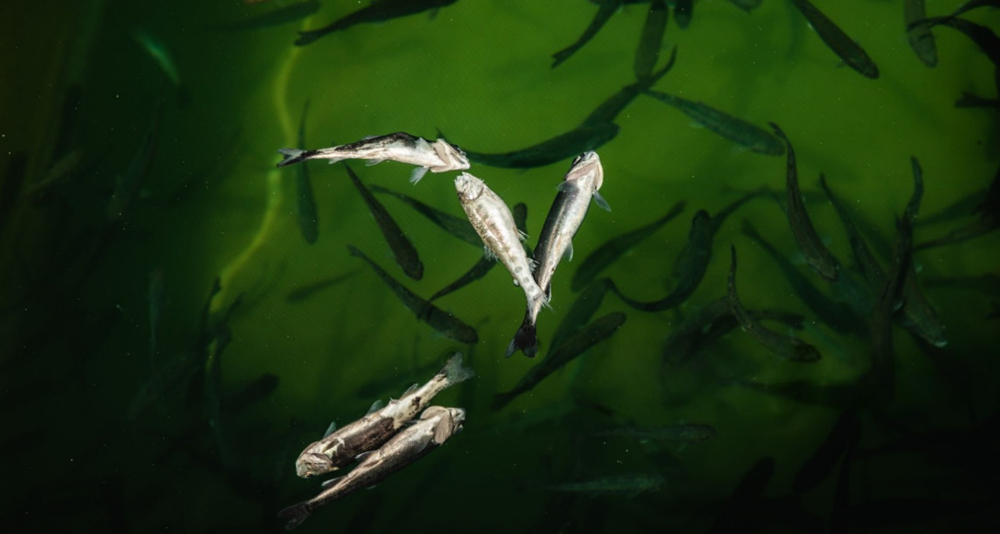
High-Surface-Area MBBR for Biofilm Optimization
● Technology: MBBR carriers with 800 m²/m³ surface area host nitrifying bacteria (e.g., Nitrosomonas, Nitrobacter) to convert NH₃-N → NO₂⁻ → NO₃⁻.
Efficiency Gains:
● Ammonia Removal: >95% at hydraulic retention time (HRT) of 4 hours.
● Compact Design: 50% smaller footprint vs. activated sludge.

Integrated Recirculating Aquaculture Systems (RAS)
● Technology: Combines MBBR, drum filters, and UV disinfection for closed-loop water reuse.
Key Components:
● Drum Filter: Removes 90% suspended solids (TSS <10 mg/L).
● UV Sterilization: Inactivates 99.9% pathogens without chemical residues.
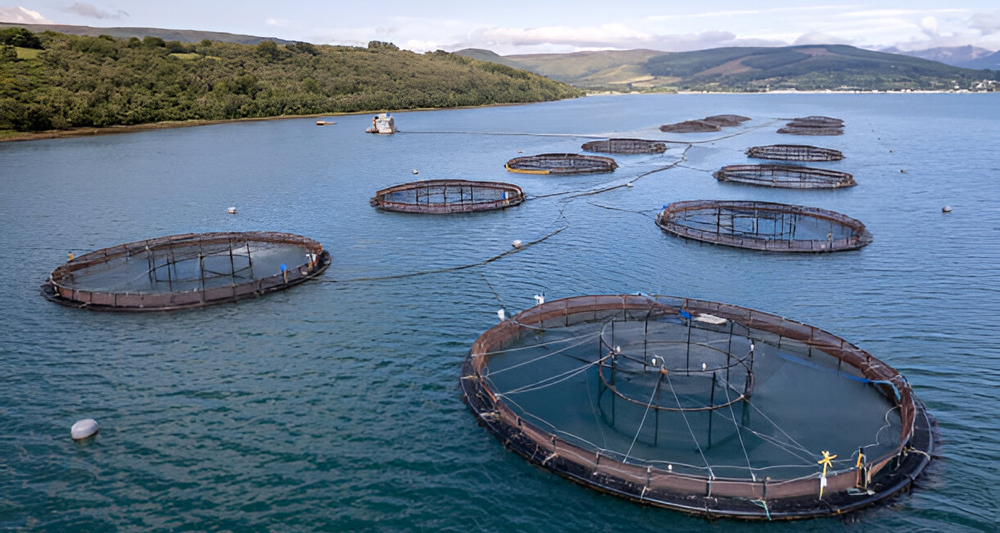
Smart DO Management
● Technology: IoT sensors + AI algorithms adjust aeration in real time, maintaining DO at 5-7 mg/L.
● Energy Savings: 25% reduction in aeration costs compared to fixed-speed blowers.
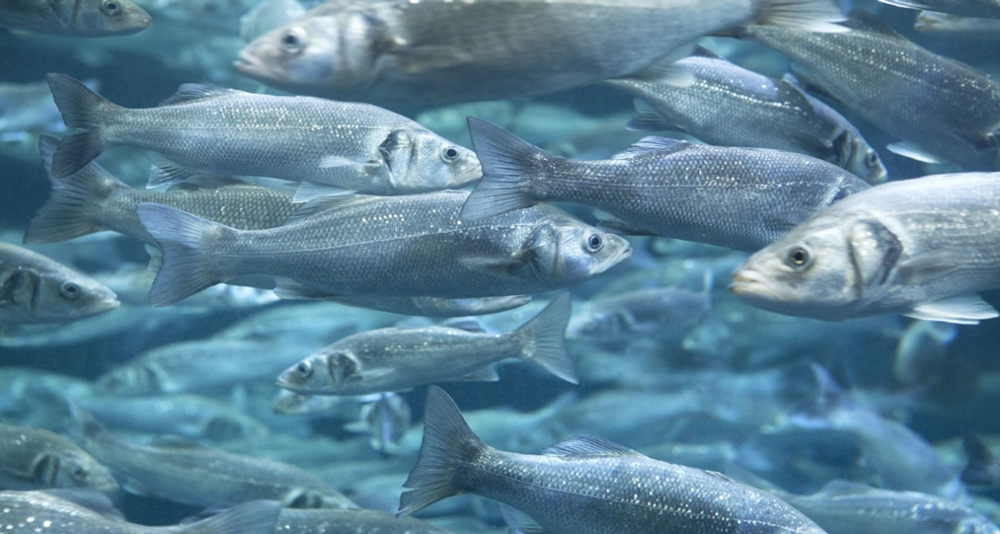
Antibiotic Degradation via AOP
● Technology: UV/H₂O₂ breaks down oxytetracycline and enrofloxacin into non-toxic fragments.
Efficiency Gains:
● Case Study: A shrimp farm in Thailand reduced oxytetracycline from 500 µg/L to <1 µg/L, eliminating resistance gene risks.
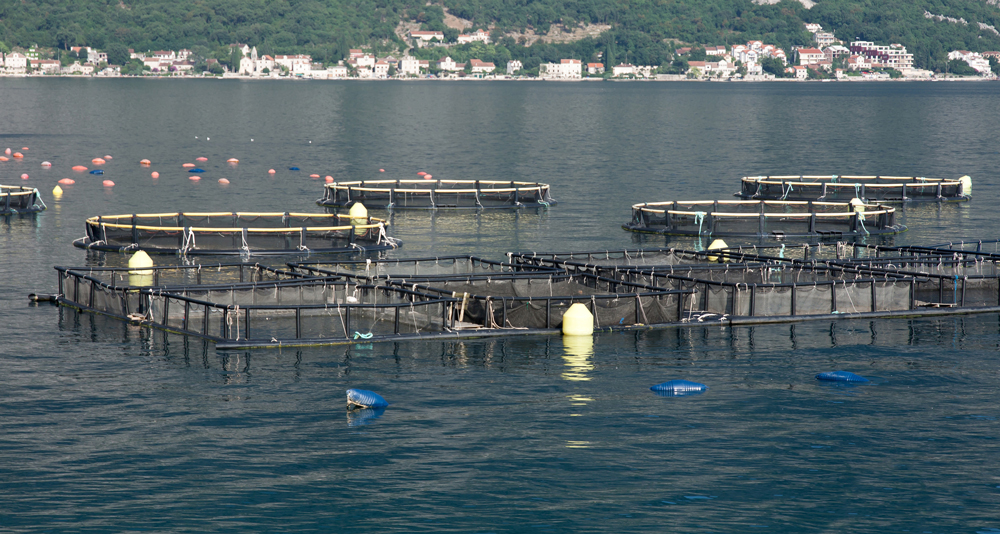
Sludge-to-Feed Conversion
● Technology: Dehydrated sludge (moisture <15%) is processed into protein-rich feed supplements.
● Efficiency: 1 ton sludge → 300 kg feed (35% protein content).
Case Studies
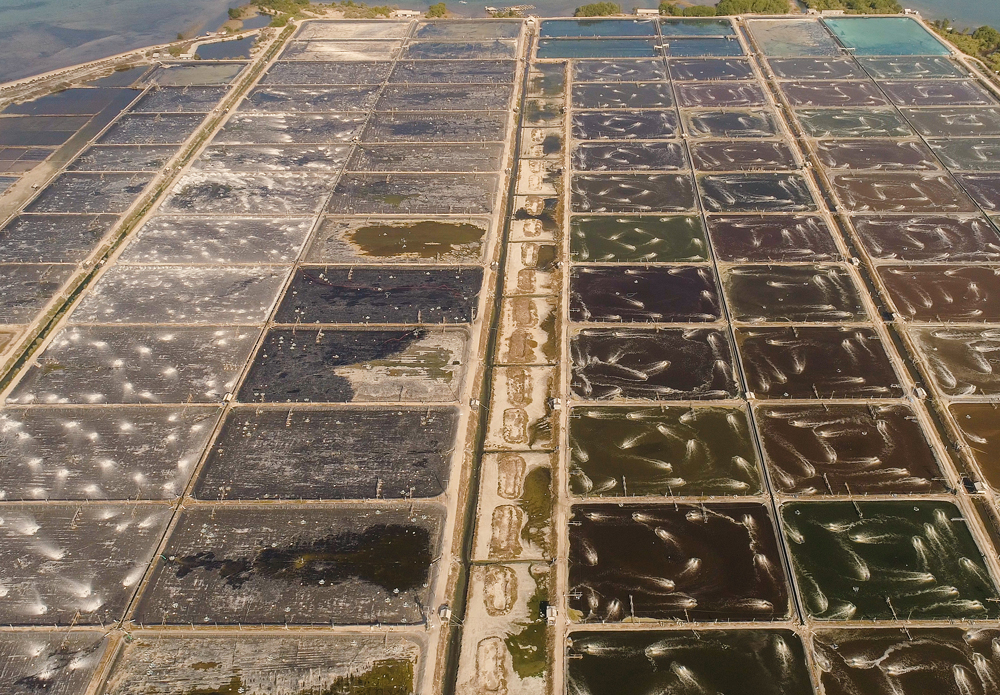
High-Density Shrimp Farm in Vietnam
-
1
Challenge
NH₃-N 8 mg/L, NO₂⁻ 5 mg/L, and recurrent disease outbreaks. -
2
Solution
MBBR + RAS: Installed 200 m³ MBBR reactors with 800 m²/m³ carriers.AI-Driven Aeration: Maintained DO at 6 mg/L. -
3
Results
Parameter Before Upgrade After Upgrade NH₃-N 8 mg/L 0.3 mg/L NO₂⁻ 5 mg/L 0.1 mg/L Shrimp Survival 65% 92% ROI: 2.5 years via reduced feed costs and disease treatment.
Offshore Salmon Farm in Norway
-
1
Challenge
Space constraints and strict EU nitrate limits (NO₃⁻ <50 mg/L). -
2
Solution
Compact MBBR Modules: Stackable units installed on floating platforms.Denitrification Biofilters: Converted NO₃⁻ to N₂ gas. -
3
Results
NO₃⁻: 120 → 35 mg/LSpace Saved: 70% compared to land-based systems.
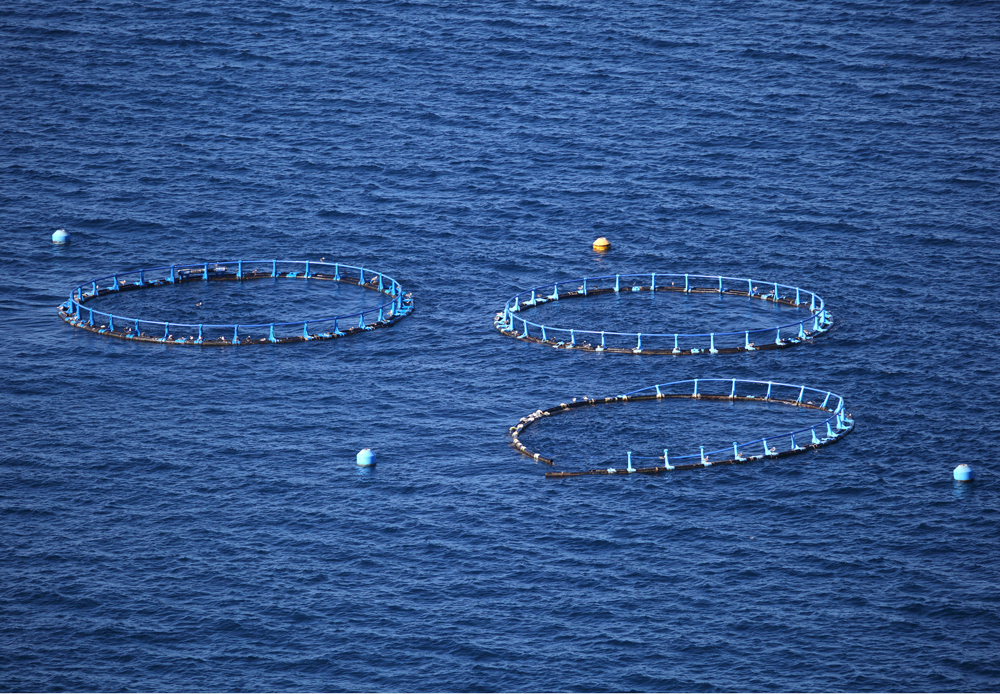
Future Trends




